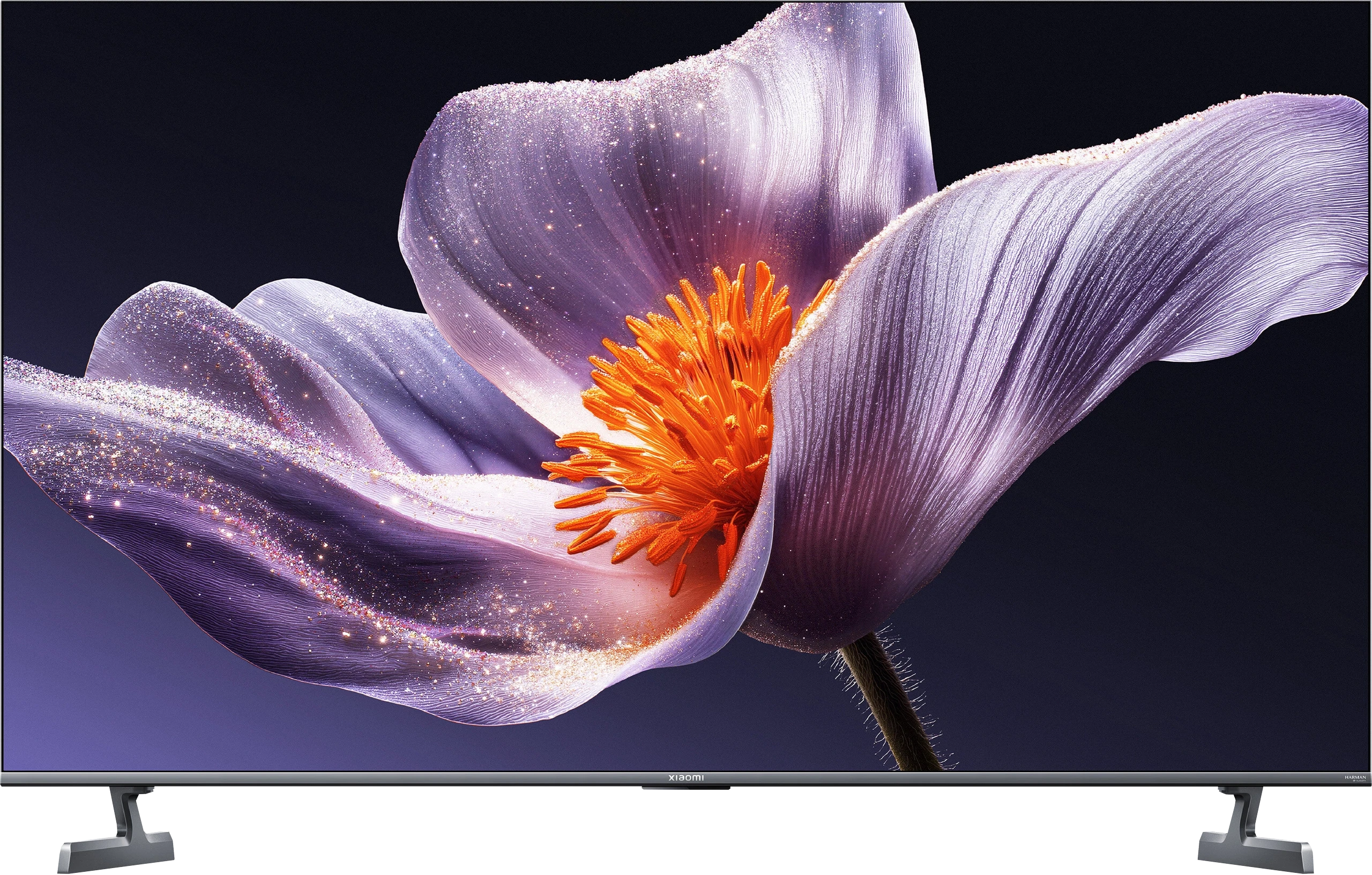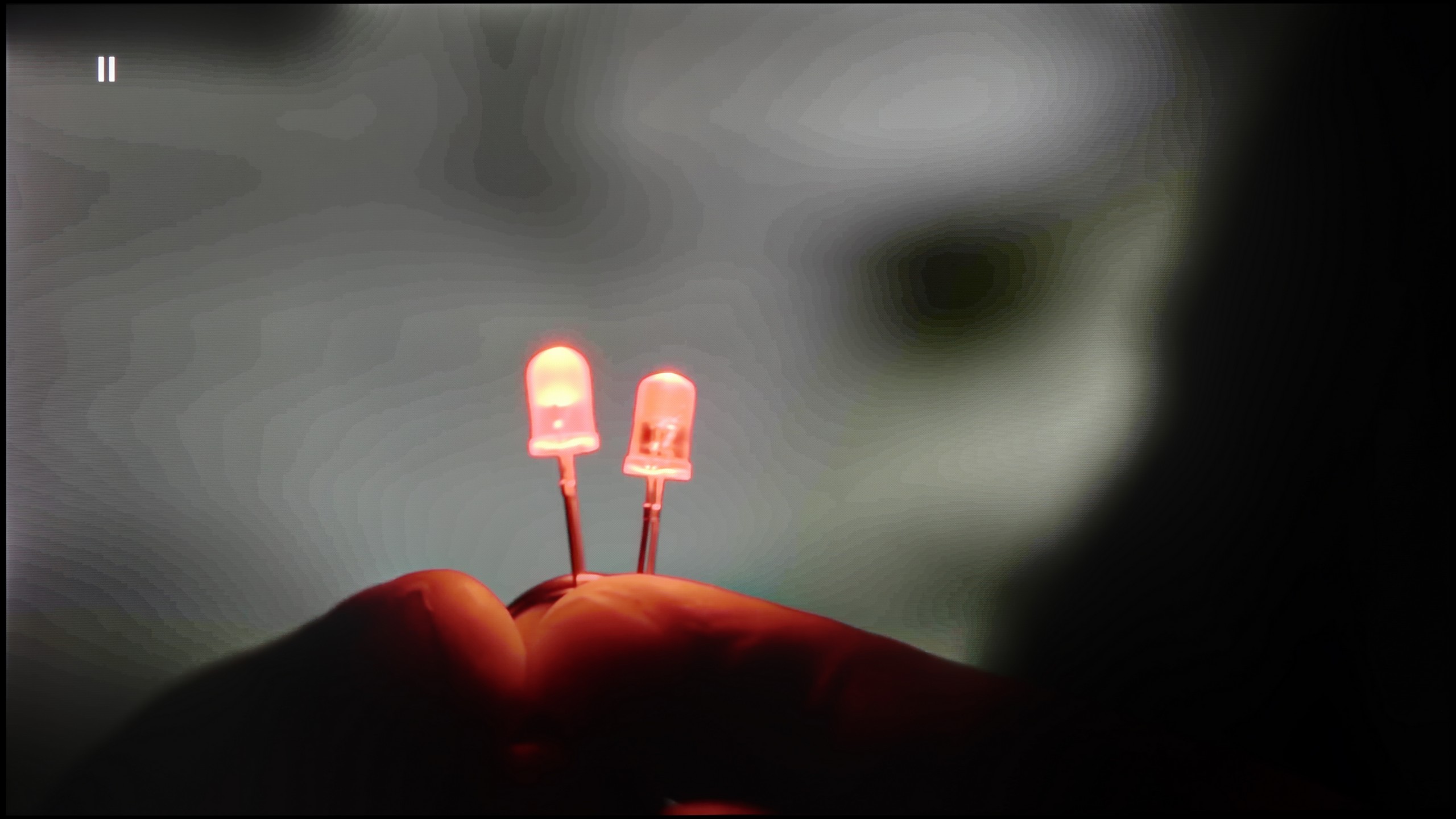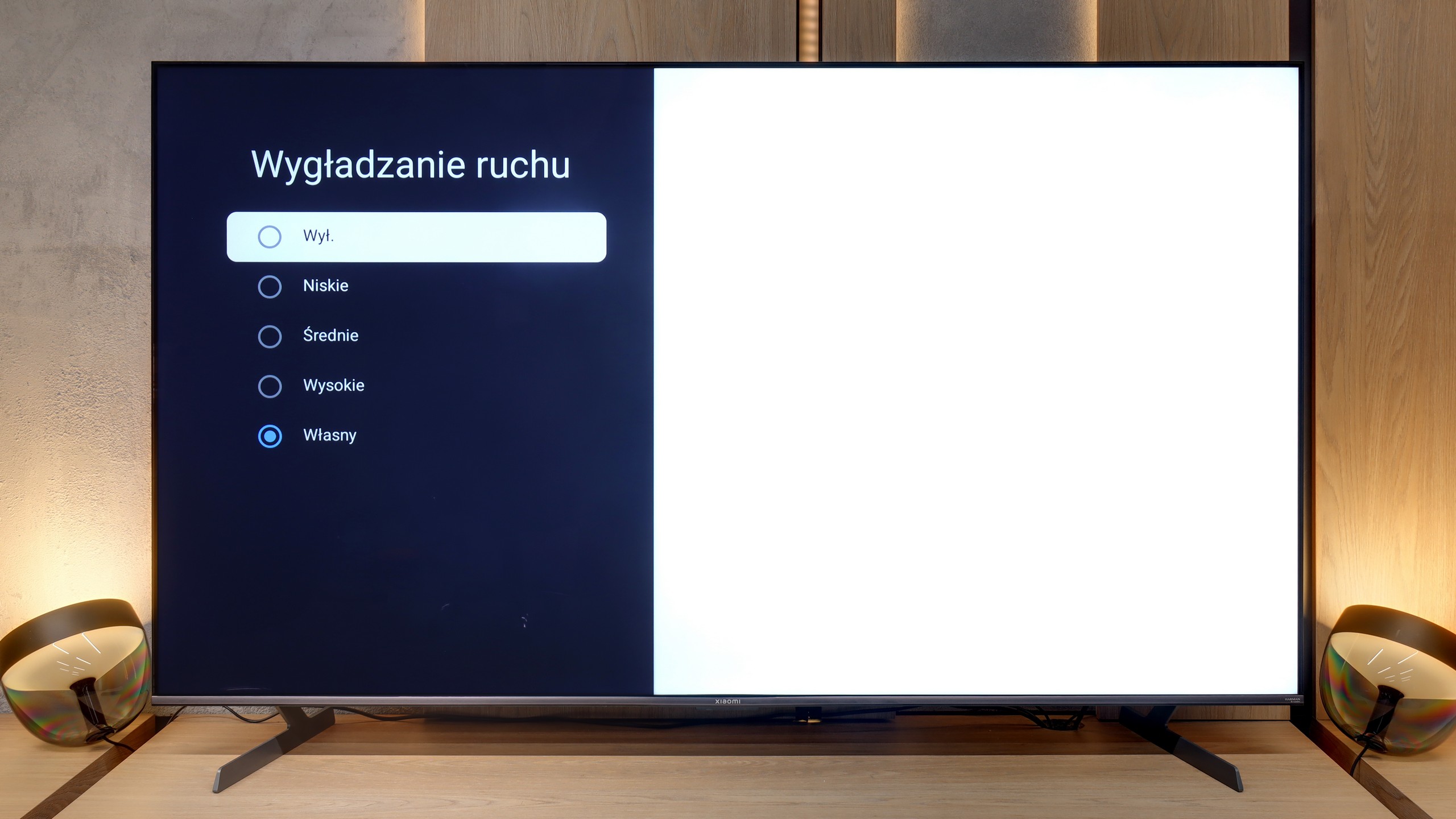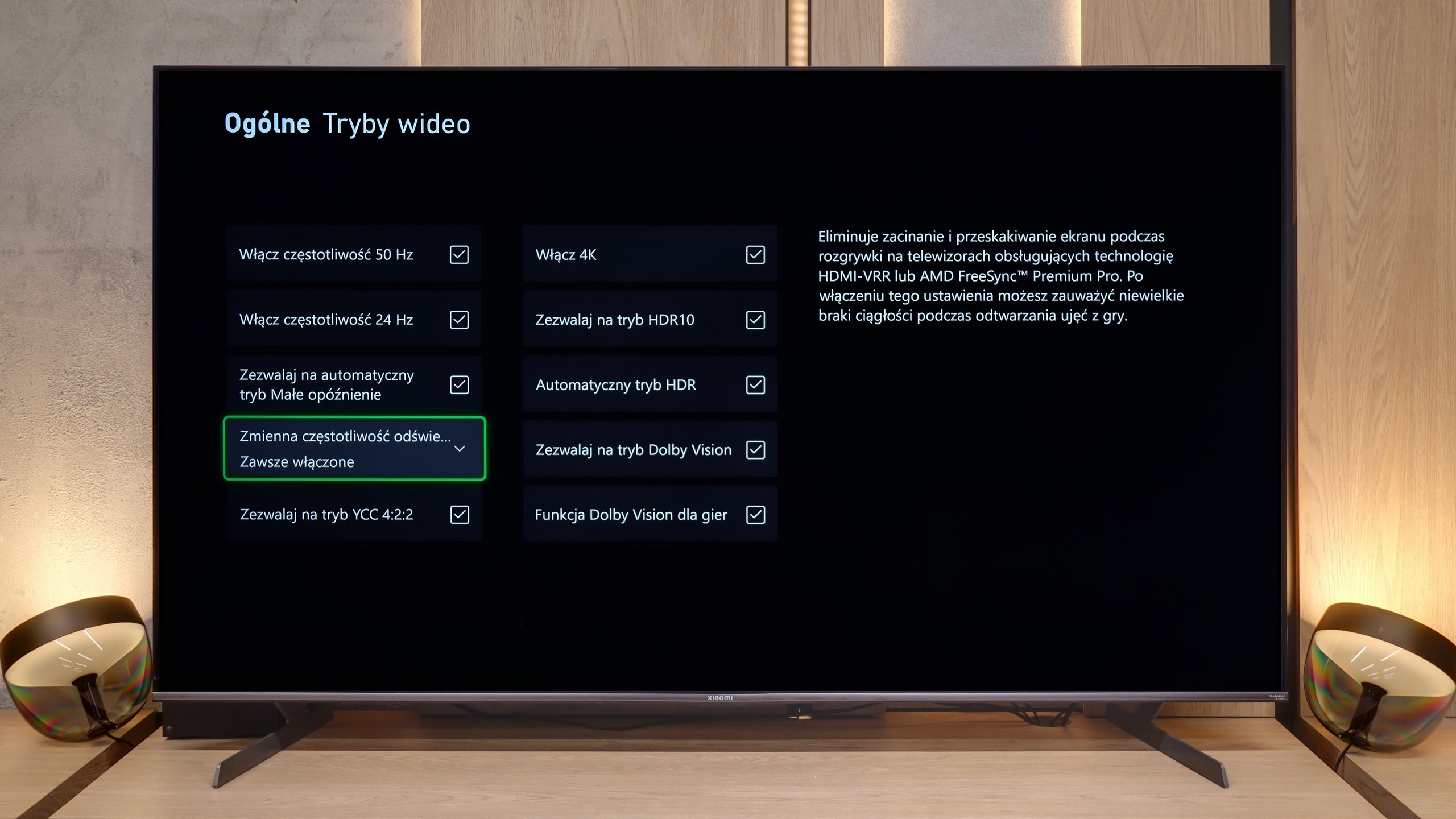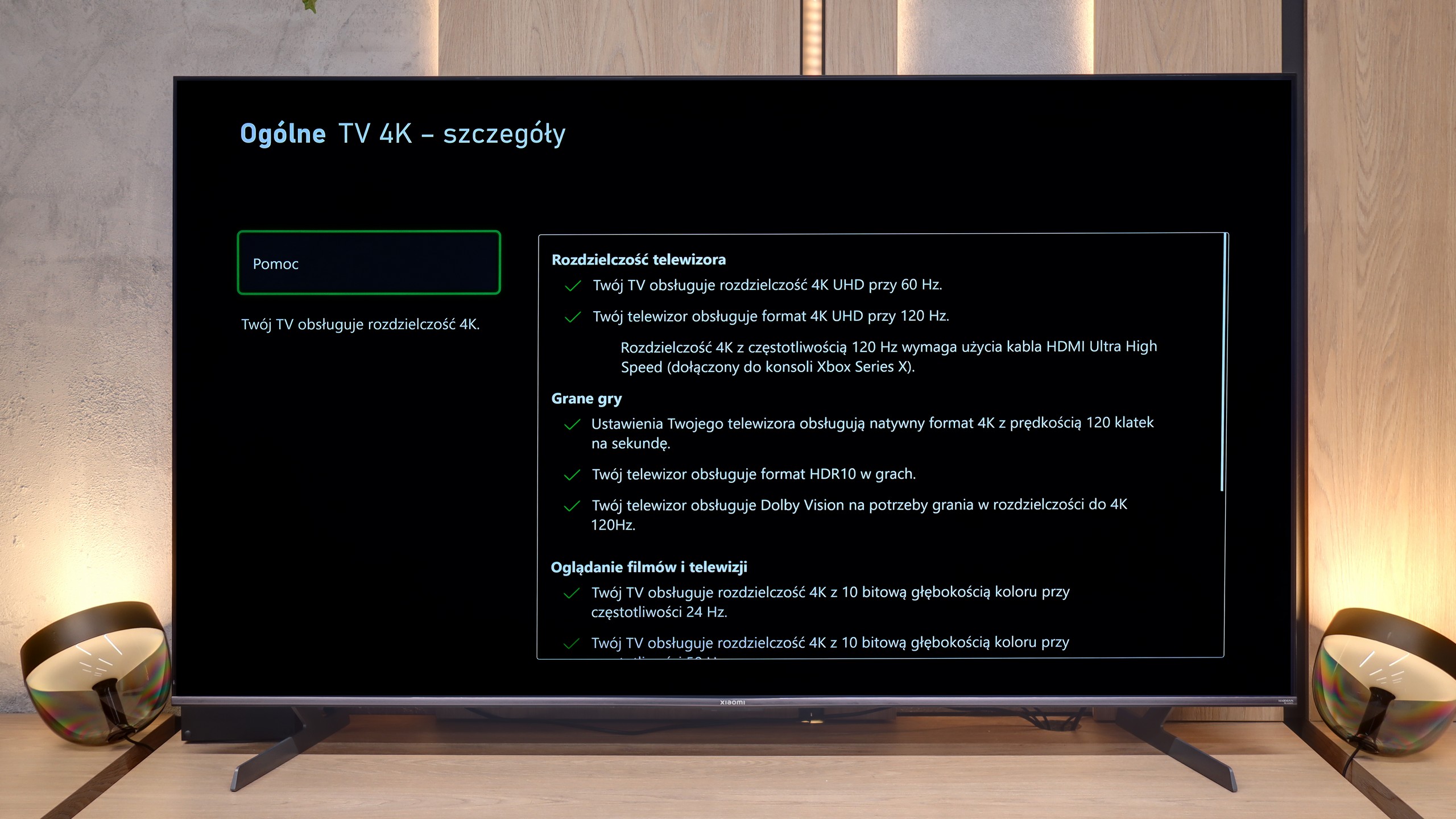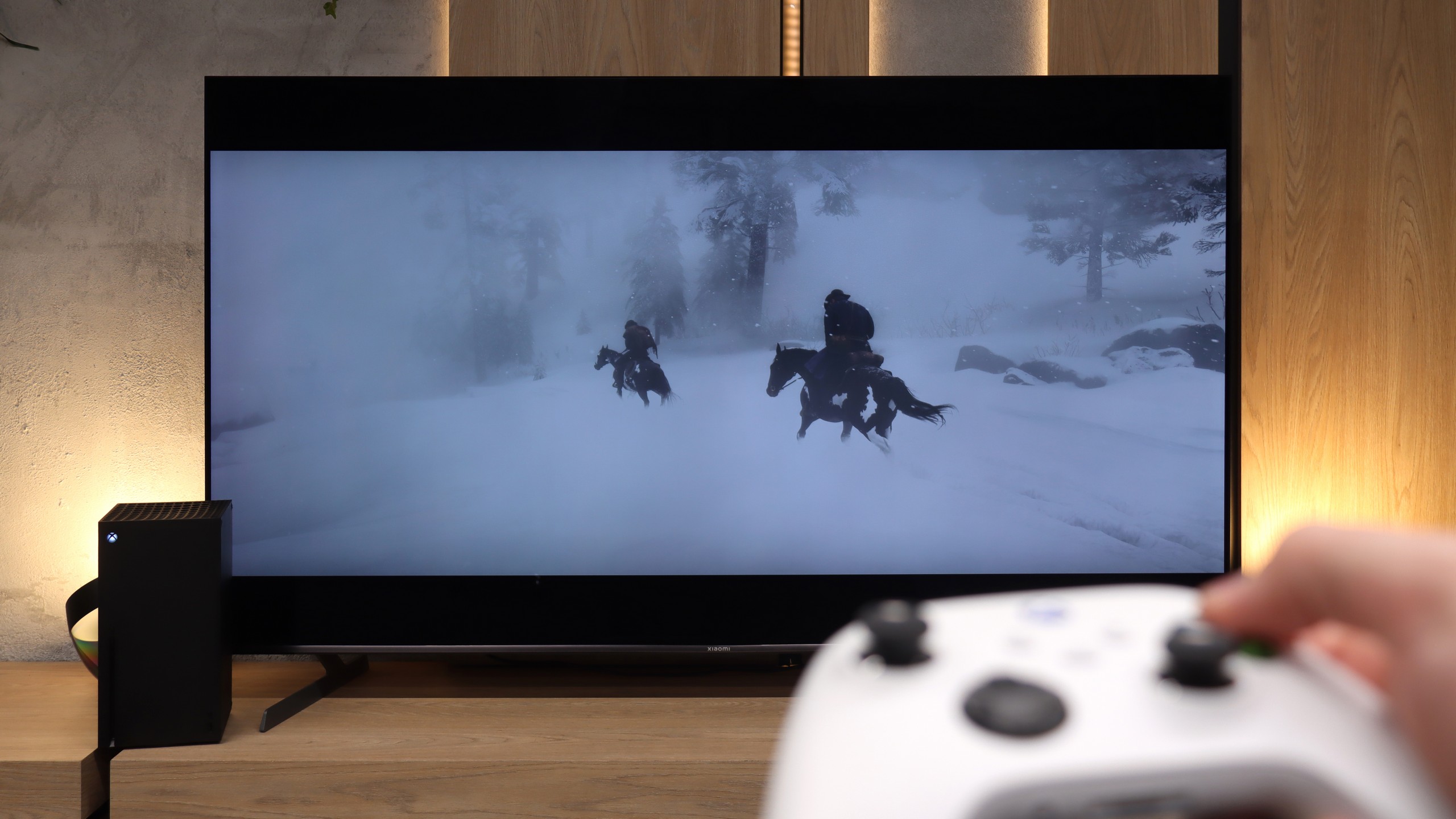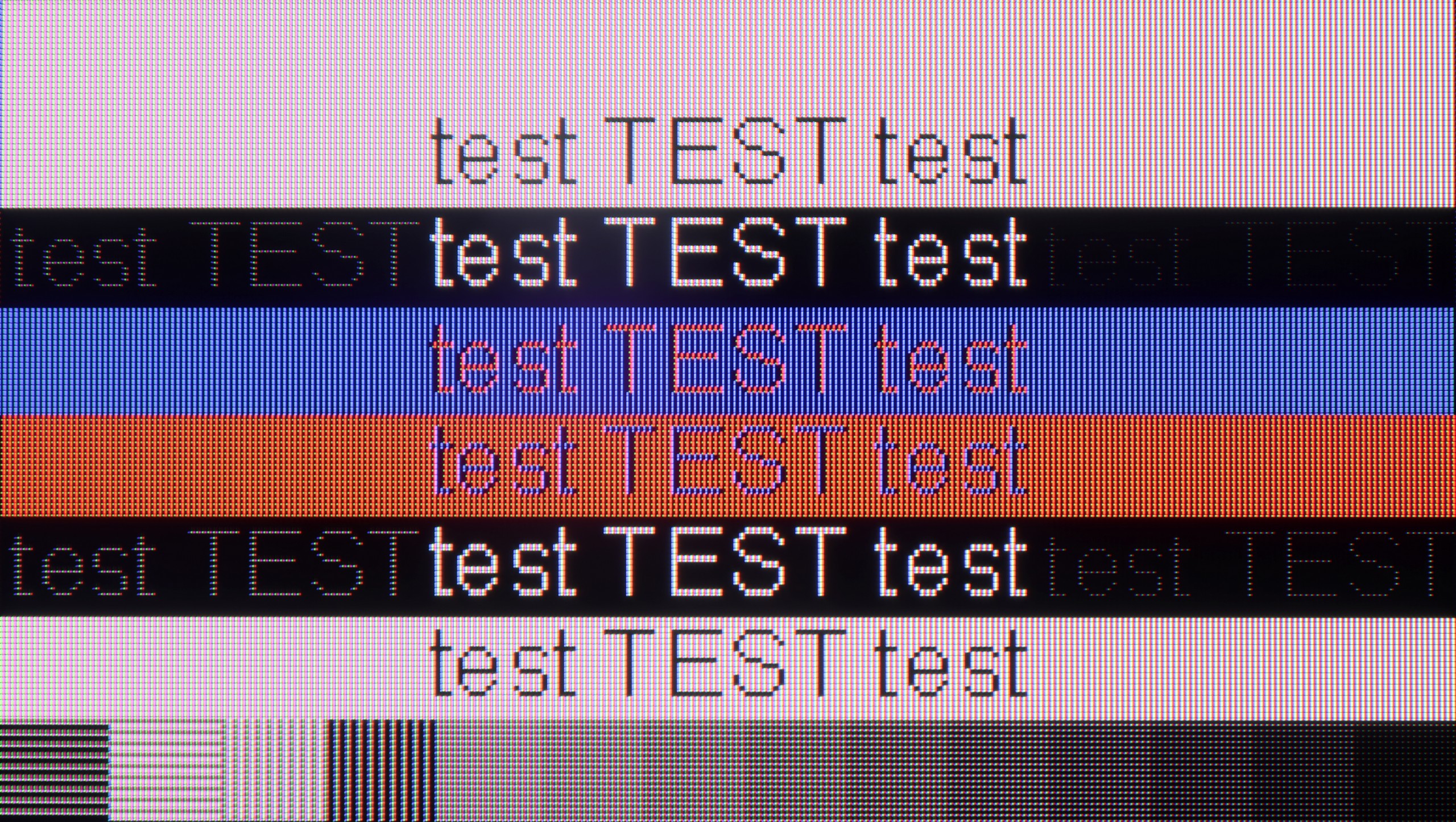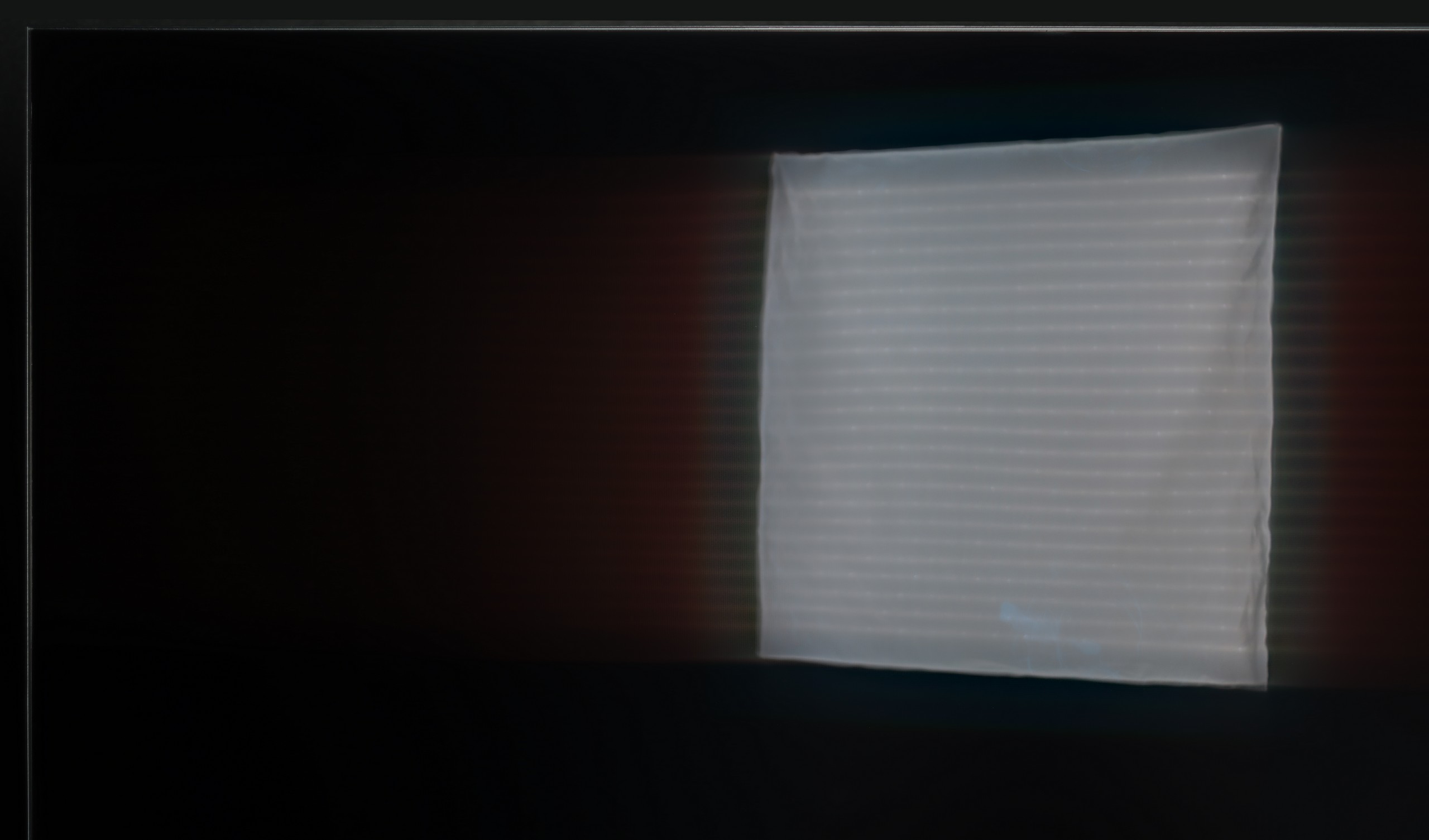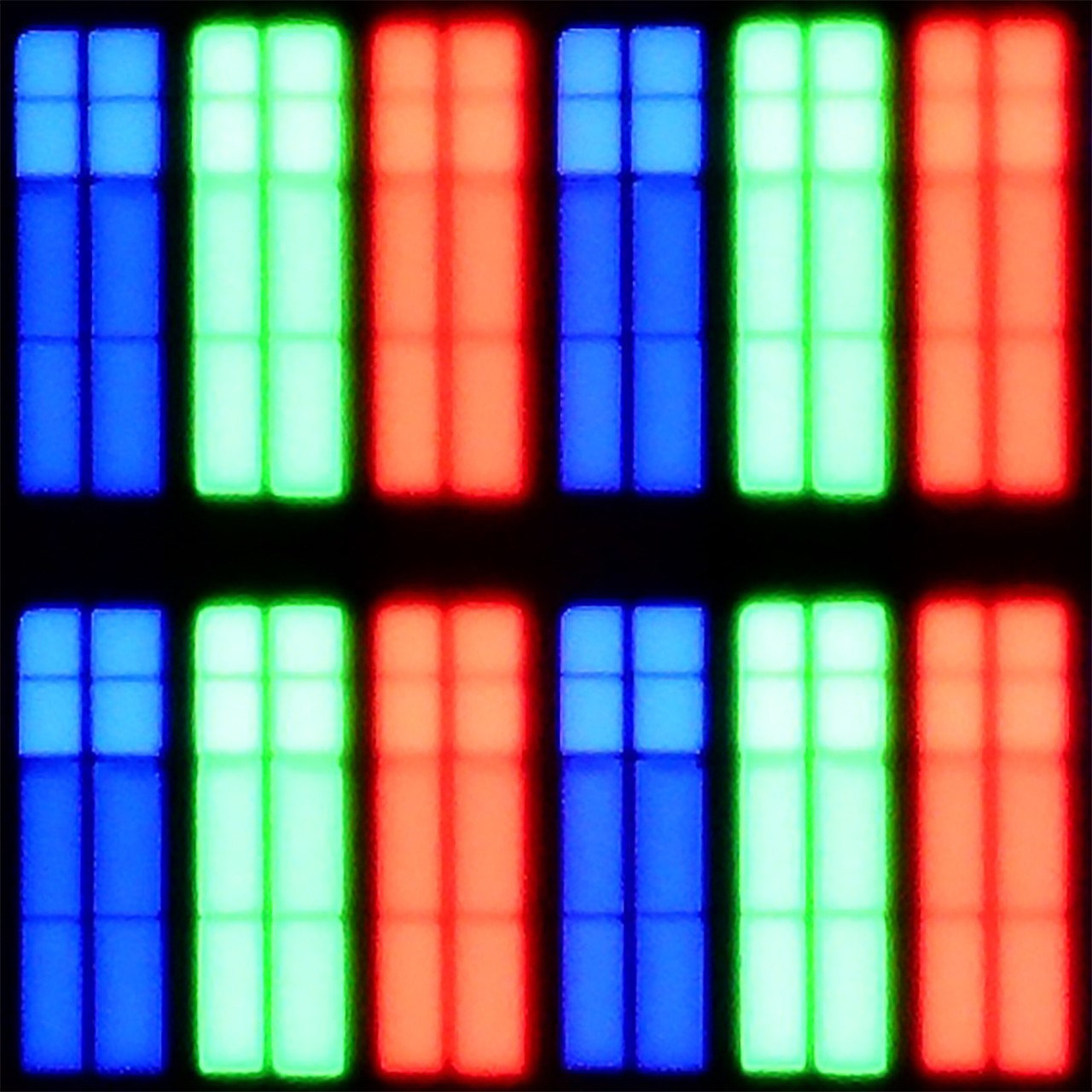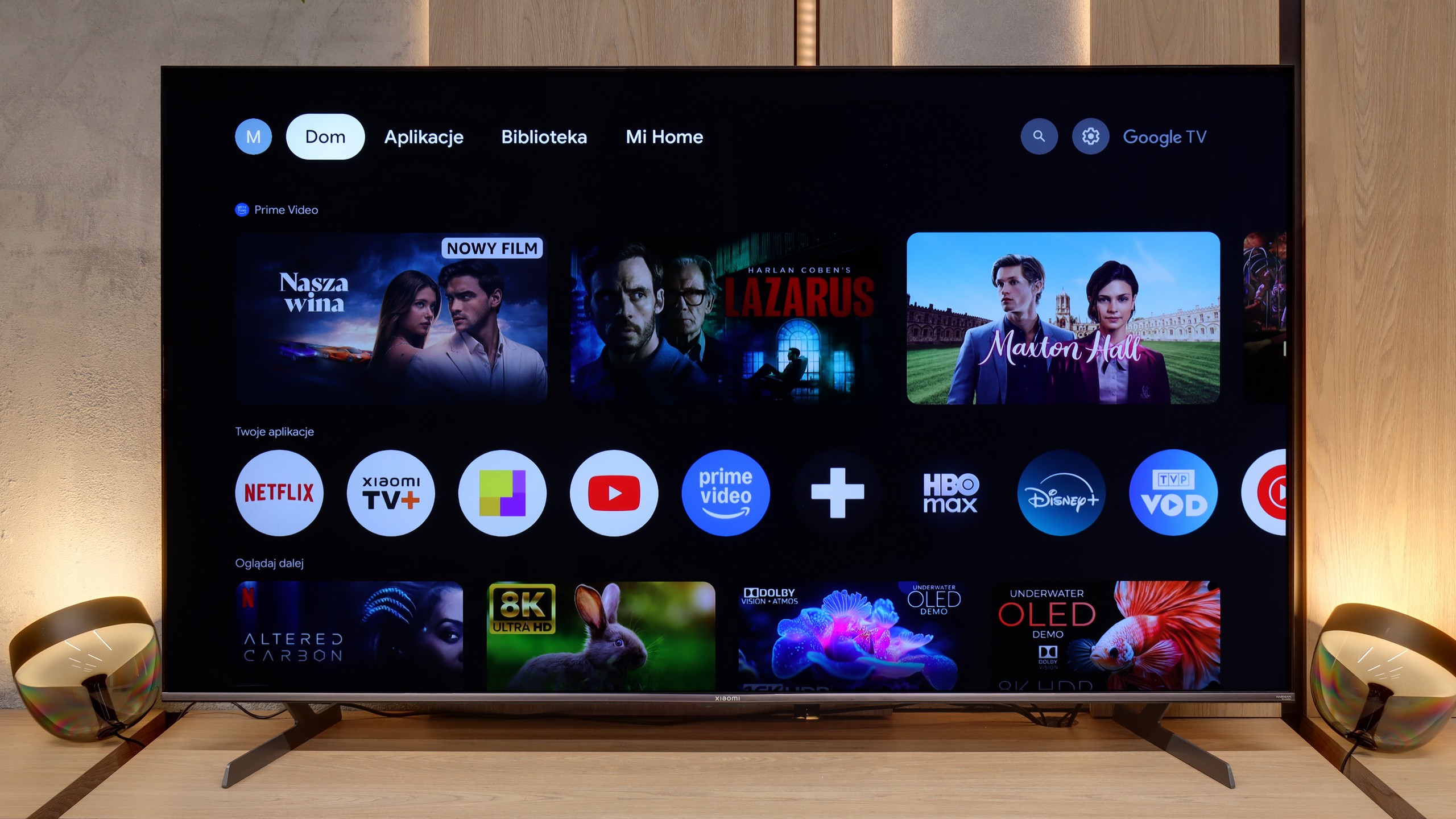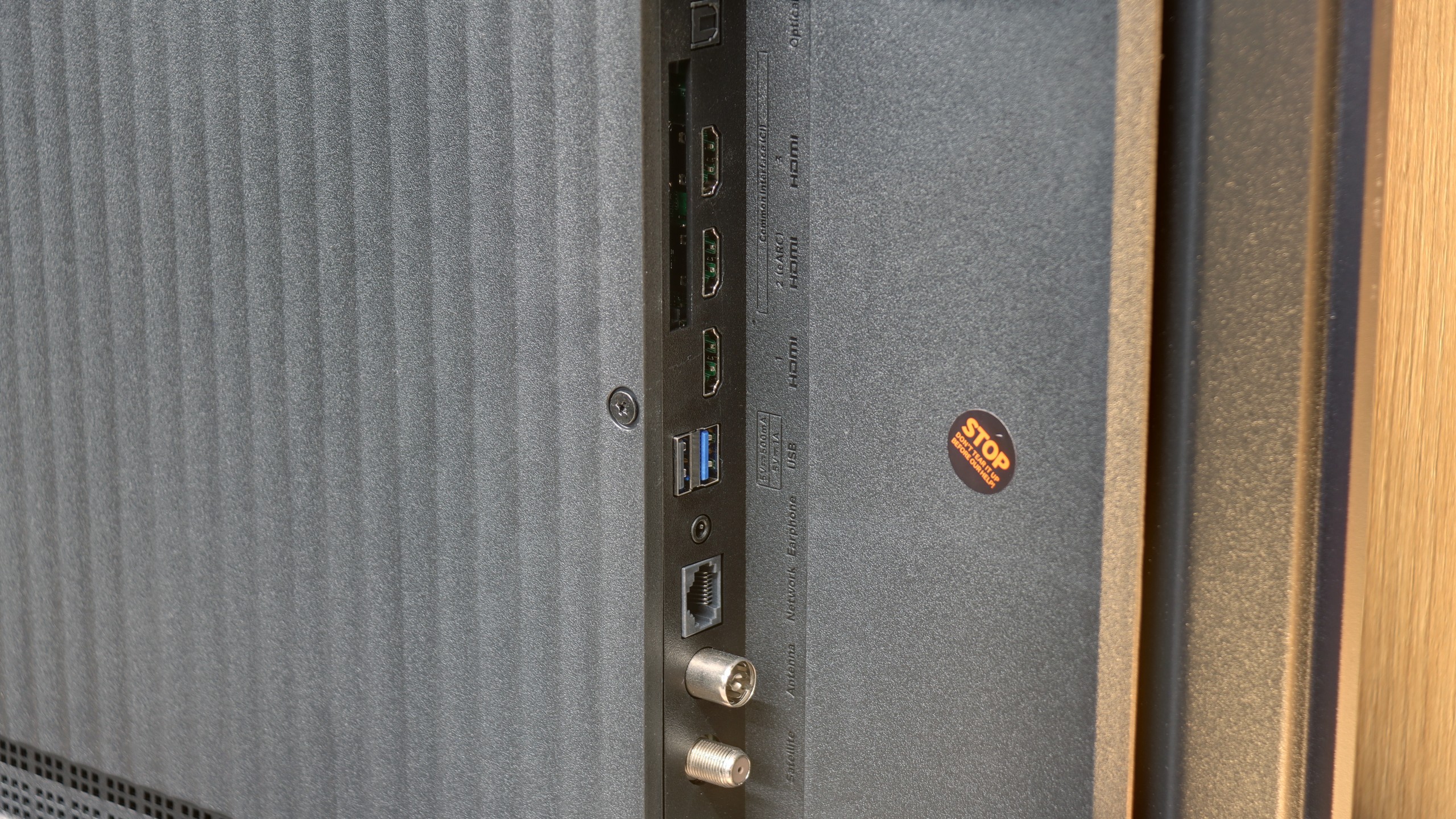The Sharp FQ8, with its VA panel, delivers an exceptionally high native contrast ratio, achieving an impressive 8100:1 in tests using film test patterns. This result significantly surpasses most competitors in its price range and is a rare achievement. The high contrast provides excellent depth to images, especially in scenes with pronounced differences between light and dark elements. This makes it particularly strong in contrast performance and black-level quality, which are critical factors in overall image evaluation.
The television features direct backlighting (Direct LED), which helps maintain consistent brightness levels. However, it lacks local dimming support, a common limitation in this price category. While this does slightly impact the depth and clarity of blacks in darker scenes, the high native contrast ensures the Sharp FQ8 still delivers a strong viewing experience.
Let's get to the point, which is what’s most important in the Mini LED panel: blacks and contrast. The Xiaomi S Pro 2026 is built on a VA matrix, which right off the bat promises deep blacks. On top of that, it features Mini LED backlighting with a very large number of local dimming zones. In the 65-inch variant we tested, we counted as many as 532. That’s a solid figure that should provide precise control over the backlighting. It should be noted that this number is proportional to size – opting for the smaller 55-inch variant will have fewer zones, while larger models will have more.
So, how does the black level perform on the S Pro 2026? The answer is complex.
Overall, it’s really not bad, and we see a clear improvement compared to the problematic model from 2025. As you can see on our measurement charts, the results are occasionally spectacular. In the majority of the film scenes we measured in SDR (standard dynamic range), the contrast could easily be called very good and even comparable to constructions three times more expensive. Well, it could be... and this brings us to the paradox of this model. The problem is how the television manages zones in scenarios other than SDR. As soon as we feed the TV a higher-quality signal, such as an HDR series or Dolby Vision from streaming platforms (Netflix, HBO Max, or Disney+), something strange happens. We have an irresistible impression that the TV suddenly... forgets it was equipped with local dimming zones at all. As shown in our video below, black levels in such scenes resemble more dark gray or navy shades. To this is added a slight flickering of the entire screen. This is a level we would expect from televisions completely lacking local dimming systems. It seems that Xiaomi, over the course of a year, chose to fix one key issue from last year’s 2025 model. And they succeeded – there’s no more annoying “zone disco”, the image is stable. It’s just a shame that when consuming high-quality content (HDR), this entire advanced system becomes completely useless.

